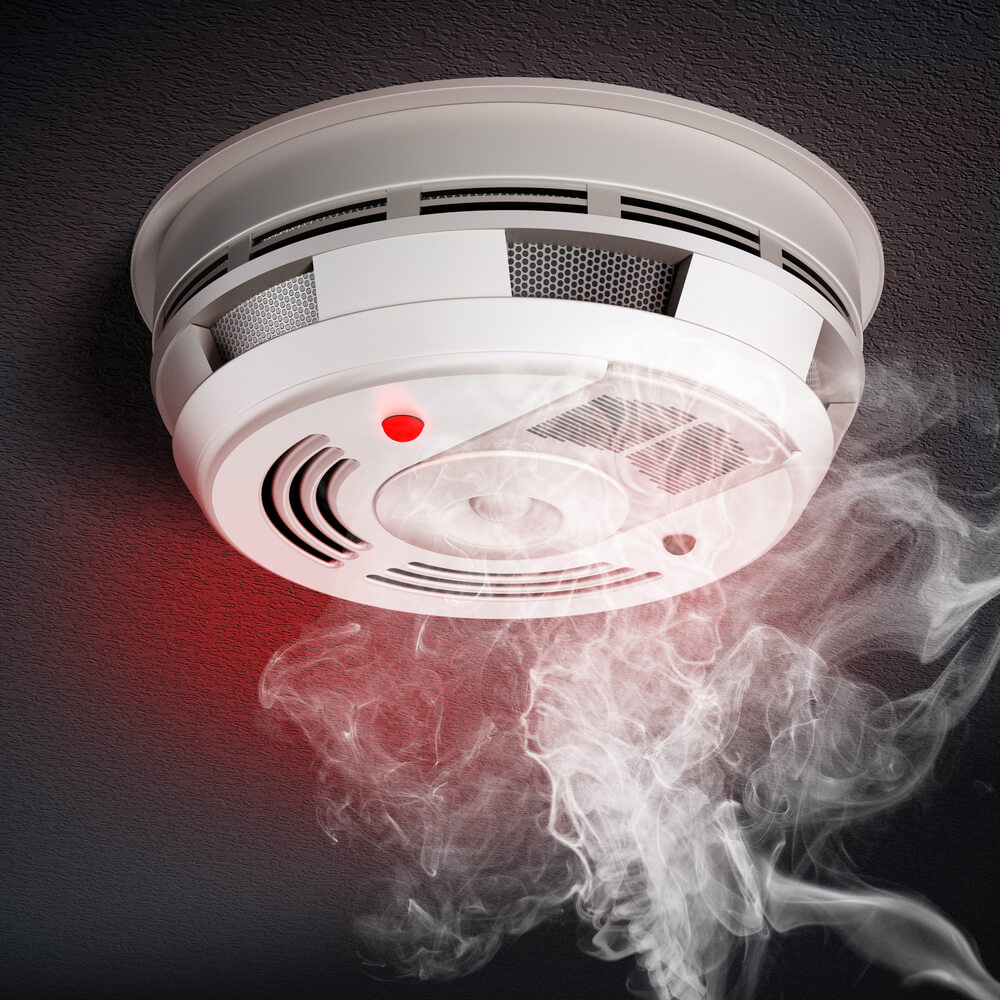Smoke Alarm Market Analysis: Key Drivers, Opportunities, and Challenges
Smoke Alarm Market Analysis: Key Drivers, Opportunities, and Challenges
Blog Article
The smoke alarm market is evolving rapidly as awareness of fire safety, urbanization, and the adoption of smart technologies continue to rise globally. Smoke alarms have become a crucial element in residential, commercial, and industrial safety infrastructure, significantly reducing the risk of property damage and fatalities caused by fire. The market is witnessing a surge in demand due to both regulatory mandates and consumer awareness, supported by innovations in sensor technology and connectivity.

Market Overview
The smoke alarm market is driven by the increasing installation of fire safety systems in both developed and developing nations. Governments worldwide have imposed stringent safety codes, especially in urban settings, requiring the mandatory installation of smoke detectors in buildings, schools, hotels, hospitals, and factories.
Traditionally, smoke alarms were simple battery-operated devices using ionization or photoelectric sensors. However, the market has now embraced smart smoke alarms, which offer features like mobile alerts, integration with home automation systems, self-testing capabilities, and voice instructions. These advanced systems are contributing significantly to the growth of the market.
Key Market Drivers
1. Stringent Government Regulations
The enforcement of building safety codes and fire prevention regulations has made the installation of smoke alarms mandatory in various sectors. This has led to steady market demand, especially in North America and Europe.
2. Growing Awareness of Fire Safety
Public and private campaigns emphasizing fire safety in homes and workplaces have driven consumers to proactively adopt smoke alarm systems.
3. Smart Home Integration
The increasing popularity of smart homes has led to demand for connected smoke alarms that can send real-time notifications to users' smartphones and integrate with other security systems.
4. Urbanization and Infrastructure Development
As urban areas continue to expand and new residential and commercial complexes are developed, the need for fire safety systems increases correspondingly.
5. Technological Advancements
Innovations in sensor technology, battery life, wireless communication, and self-diagnostics are making smoke alarms more efficient, user-friendly, and reliable.
Market Segmentation
The smoke alarm market is segmented by:
Type: Ionization smoke alarms, photoelectric smoke alarms, dual-sensor alarms
Technology: Battery-powered, hardwired, interconnected, smart alarms
End-use: Residential, commercial, industrial
Region: North America, Europe, Asia-Pacific, Latin America, Middle East & Africa
North America currently leads the market due to stringent fire safety laws, high awareness, and smart home penetration. However, Asia-Pacific is expected to witness the highest growth rate, driven by urbanization, infrastructure growth, and increasing safety regulations.
Challenges in the Market
Despite the steady growth, the smoke alarm market faces some challenges:
High installation costs in developing nations
Lack of awareness and compliance in certain rural or low-income regions
False alarms and maintenance issues with older or cheaper models
Limited interoperability of smart smoke alarms with existing home automation platforms
Manufacturers are addressing these concerns by focusing on user-friendly designs, better connectivity, and cost-effective solutions for emerging markets.
Key Players in the Market
The global smoke alarm market is competitive, with key players focusing on product innovation, partnerships, and geographic expansion. Prominent companies include:
Honeywell International Inc.
Johnson Controls
Nest Labs (a subsidiary of Google LLC)
BRK Brands, Inc. (First Alert)
Siemens AG
Hochiki Corporation
Kidde (a part of copyright Global Corporation)
Schneider Electric SE
These companies are investing in R&D to enhance features like long battery life, voice alerts, AI-powered sensors, and remote access through mobile apps.
Emerging Trends
Smart Smoke Detectors: Featuring app-based alerts, home automation integration, and real-time diagnostics.
Voice-Enabled Alarms: Devices that alert occupants with voice commands instead of beeps, especially useful for children and elderly individuals.
Self-Monitoring Systems: Smoke alarms that automatically test themselves and notify users of maintenance needs.
Multi-Sensor Alarms: Integration of smoke, heat, and carbon monoxide detection in a single unit for comprehensive safety.
Eco-Friendly Designs: Focus on sustainable manufacturing and long-life batteries to reduce environmental impact.
Future Outlook
The smoke alarm market is poised for sustained growth over the coming years, supported by global fire safety regulations, smart building infrastructure, and technological innovation. As consumers increasingly seek connected and reliable safety solutions, demand for advanced smoke alarms will continue to rise.
Emerging economies are expected to offer significant growth opportunities, especially as governments in these regions step up efforts to improve building safety standards. The integration of AI and IoT in fire detection systems will further enhance their effectiveness and contribute to the overall safety of modern living and working environments.
Conclusion
The smoke alarm market is more than just a segment of fire safety; it is a critical element in safeguarding lives and properties. As regulations tighten and technology advances, the market is set to evolve from traditional devices to sophisticated, interconnected safety systems. Businesses and consumers alike must recognize the importance of smoke alarms not just as compliance tools, but as essential components of modern safety infrastructure.
Related Trending Reports
| FRAM Market |
| Machine Condition Monitoring Market |
| 3D Metrology Market |
| Digital Panel Meter Market |
| EMC Shielding and Test Equipment Market |